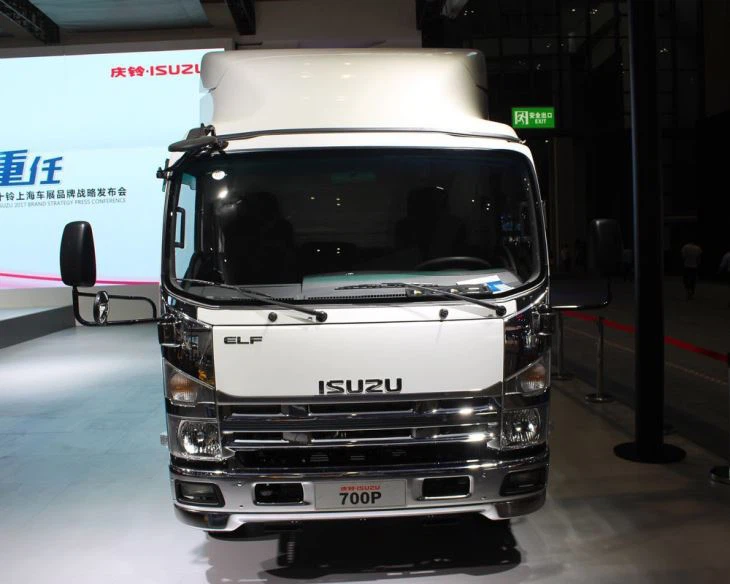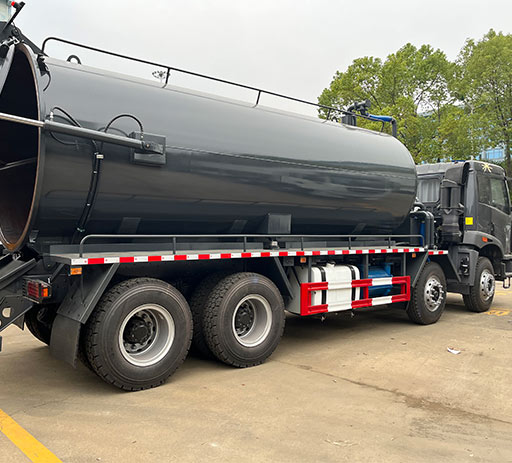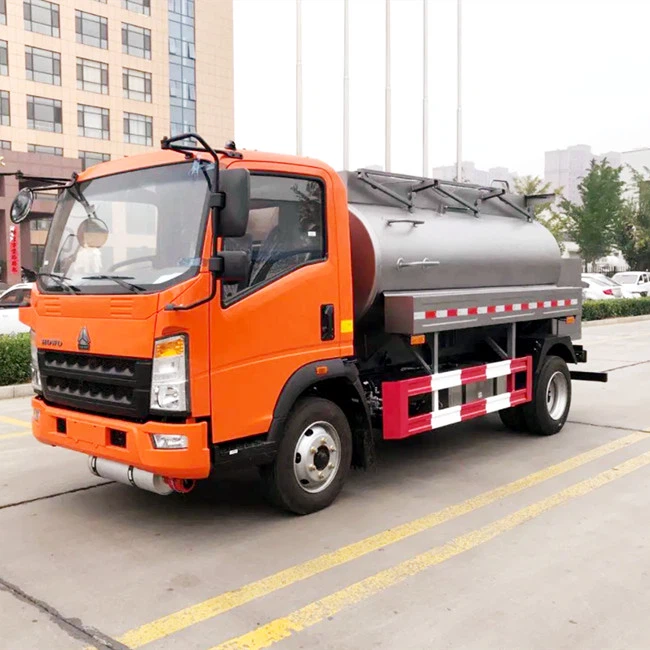Understanding the Marathon Compactor: Your Guide to Efficient Compaction

In the construction and landscaping industries, efficient soil compaction is crucial for ensuring a stable foundation and preventing future settling. Enter the marathon compactor, a powerful machine designed for compacting soil, asphalt, and other materials. This comprehensive article delves into the features, benefits, applications, and best practices related to the marathon compactor, providing valuable insights for contractors, engineers, and DIY enthusiasts alike.
What is a Marathon Compactor?
A marathon compactor, also known as a plate compactor, is a heavy-duty machine utilized to compress soil, gravel, or asphalt. It operates by utilizing vibrational force to provide consistent compaction, making it an essential tool for various construction tasks.
Types of Marathon Compactors
There are generally two main types of marathon compactors:
- Single-Direction Plate Compactors: These compactors move in one direction and are ideal for compacting soil in trenches and other confined areas.
- Reversible Plate Compactors: These versatile machines can move forward and backward, allowing for increased mobility and efficiency on larger sites.
The Importance of Soil Compaction
Compaction is essential in construction for numerous reasons:
Improves Load-Bearing Capacity
Compacting soil increases its density, enhancing its ability to support structures. The improved load-bearing capacity helps prevent future settlement and structural issues.
Minimizes Air Pockets
Proper compaction reduces the presence of air pockets within the soil, which can lead to instability and erosion over time.
Enhances Drainage
Well-compacted soil allows for better drainage, reducing the risk of waterlogging and related issues.
Key Features of a Marathon Compactor
Understanding the features of marathon compactors can help you choose the right one for your project:
Vibration Frequency
Different marathon compactors operate at varying vibration frequencies. Higher frequencies can enhance compaction, especially in granular soils.

Base Plate Size
The size of the base plate determines the area that can be compacted at once. Smaller plates are ideal for tight spaces, whereas larger plates cover more ground.
Base Plate Size Comparison
| Plate Size (inches) | Usage |
|---|---|
| 12 x 20 | Narrow trenches and tight spots |
| 20 x 24 | Standard residential jobs |
| 24 x 36 | Larger commercial sites |
Weight
Weight significantly impacts the level of compaction achieved. Heavier machines deliver deeper compaction, while lighter models are easier for maneuvering in constrained areas.
Choosing the Right Marathon Compactor
Selecting the right marathon compactor involves understanding your project’s requirements:
Project Scale
For small residential jobs, a lighter, portable model may suffice. Larger commercial projects often necessitate more robust, heavy-duty compactors.
Type of Soil
Different types of soil require different compaction techniques. Cohesive soils, like clay, need a different approach compared to granular soils, such as sand.
Soil Types and Compaction Techniques
| Soil Type | Recommended Compactor | Compaction Method |
|---|---|---|
| Clay | Heavy Single-Direction | Static Load |
| Sand | Reversible | Vibration |
| Gravel | Medium Weight | Impact Compaction |
Operating a Marathon Compactor Safely
Safety should always be a priority when operating heavy machinery. The following tips can help ensure a safe experience:
Pre-Operation Checklist
- Inspect the compactor for any damage.
- Ensure all safety guards are in place.
- Check fuel levels and engine operation.
During Operation
- Maintain a clear area around the machine.
- Wear appropriate personal protective equipment (PPE), including gloves and hearing protection.
- Operate the machine according to the manufacturer’s instructions.
Best Practices for Effective Compaction
Enhancing the efficiency of your compaction efforts is possible by adopting best practices:
Layering Technique

Compacting in layers, rather than attempting to compact all at once, can lead to better results. Each layer should be no more than 6 inches thick.
Moisture Content
Optimal moisture levels in soil can dramatically improve compaction results. Test soil moisture prior to operation, and aim for a level that is neither too dry nor too wet.
Maintenance of Marathon Compactors
Keeping your compactor in good condition prolongs its life and ensures efficient operation:
Regular Inspections
Conduct regular inspections, looking for signs of wear, leaks, or damage. This proactive approach prevents major issues down the line.
Proper Storage
Store compactors in a clean, dry place. Covering them when not in use helps protect them from the elements.
Applications of Marathon Compactors
Marathon compactors have diverse applications across different fields:
Construction
Used extensively for compacting soil for foundations, roads, and other large projects, marathon compactors are indispensable in construction work.
Landscaping
In landscaping, they help level and compact soil, ensuring a smooth surface for pavements, patios, and garden beds.
Paving
When laying asphalt, marathon compactors can ensure a smooth, level surface that provides a solid foundation.
Cost Considerations
The financial aspect of owning or renting a marathon compactor is a crucial topic:
Purchase vs. Rental
For occasional projects, renting can be more cost-effective. However, frequent use may justify the investment in purchasing a unit.
Operating Costs
Consider ongoing costs, such as fuel, maintenance, and repairs, when budgeting for your compaction needs.
FAQ
1. What size marathon compactor do I need for residential projects?
A compactor with a plate size of 20 x 24 inches is typically ideal for most residential jobs.
2. Can I operate a marathon compactor on wet soil?
While it’s possible, compacting on excessively wet soil is not recommended, as it can lead to poor compaction results and equipment damage.

3. How often should I perform maintenance on my compactor?
It’s best to conduct routine checks before each use and schedule regular servicing every few months, depending on your usage frequency.
4. Are marathon compactors safe to use for beginners?
Yes, but beginners should receive proper training and follow safety guidelines before operating the machinery.
5. How deep can a marathon compactor compact soil?
Typically, a marathon compactor can effectively compact soil to a depth of about 8 inches when used properly.
6. What type of fuel do marathon compactors use?
Most marathon compactors run on gasoline or diesel. Always check the manufacturer’s specifications for the right fuel type.
